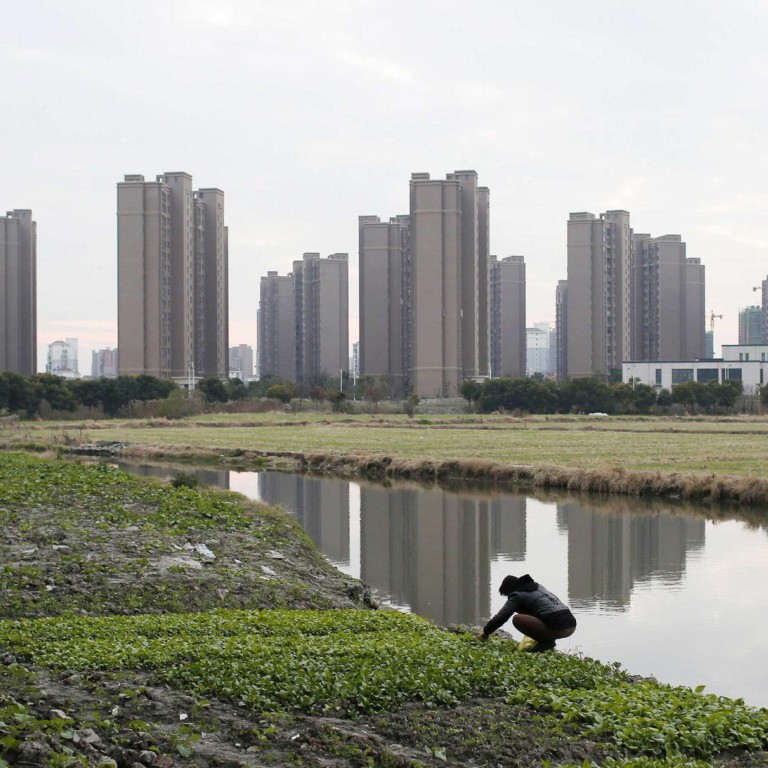
China's housing market shows signs of stabilisation
Outlook for the second half brightens as prices in first-tier cities reverse declines amid an improvement in affordability
In terms of the real economy, the stock market is not the only important asset market in China. The housing market is just as consequential.
Concerns over the Chinese economy have intensified in the past two months following the losses incurred in the stock market, with the Shanghai Composite Index falling 25 per cent between June 12 and July 17. There are fears that the weakening sentiment in the stock market is likely to extend to the housing sector.
Dating back to 2012, the boom in house prices in the first-tier cities of Beijing, Shanghai, Shenzhen and Guangzhou was led by the post-crisis bounce in economic growth and urbanisation. The slowdown since last year was induced by tighter monetary policy and other "administrative" measures, such as restrictions on second-home purchases and reselling. Until recently, it looked as if these government actions had derailed urbanisation, a significant component of China's growth model.
The country's growth is closely correlated to the housing market. First, there is the direct link through construction activity. The National Bureau of Statistics indicates that about 7 per cent of China's gross domestic product is contributed by construction projects. This may well be underestimated, but on the assumption that 70 per cent of this is residential output, it can be said that about 5 per cent of GDP is attributed to the production of housing.
In contrast, residential construction made up about 6 per cent of GDP in the United States just before the global financial crisis. Since then, it has averaged about 2.5 per cent, according to the Centre for Economic Policy Research. When the US housing bubble burst, construction activity slumped and its failure to revive over the following five years was a significant drag on economic activity.
China has an affordable housing programme to offset the slowdown in the private sector, and the current wave of stimulus is targeting infrastructure development. Even so, the fall in house prices is proven to drag down economic growth.
It is not only the direct effect that matters. Housing activity, more specifically families moving into new homes, stimulates purchases of furniture, household appliances and insurance and brokerage services. As well as the about 5 per cent of GDP in residential construction, there is an estimation of another 4 to 5 per cent of GDP in housing-related goods and services. A slowdown in house prices thus has a knock-on effect on the economy.
So the uptick in prices in Shenzhen and Shanghai in the second quarter and the stabilisation in Beijing are positive signs of a potential recovery of the housing market in China, although it will take some time for this to feed through into the economic numbers. Prices tend to fluctuate first in big metropolitan markets before rippling out to other parts of the country. There is also excess inventory to absorb in second-tier cities.
However, the recent trends of housing price in first-tier cities suggest the government's boosting measures, well before the current stock market turbulence, are starting to work. The news that GDP growth reached 7 per cent in the second quarter also supports this notion. Recent data from the Organisation for Economic Cooperation and Development further shows the ratio of house price to household income has fallen, which improves overall affordability.
Hence the view of a "soft landing" for the Chinese economy appears to be being borne out. Taken alongside the recent improvement in euro-zone economic numbers, this is supportive of world growth and suggests a stronger second half than the first for this year.

